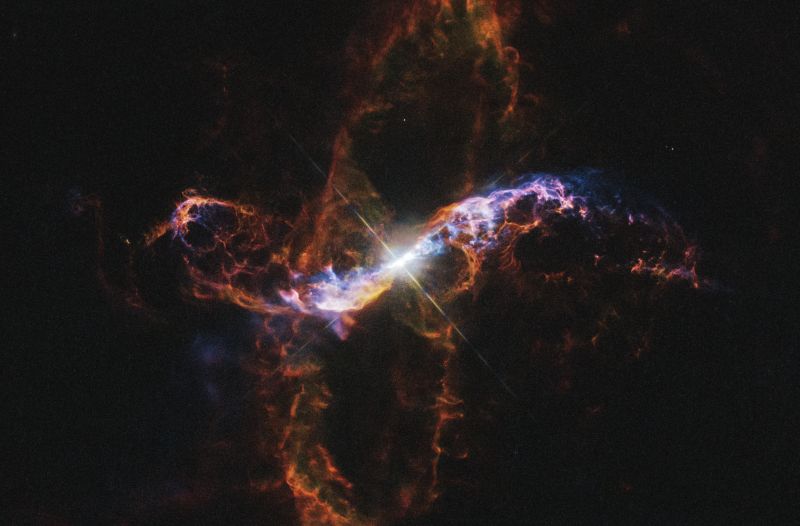Massive stars about eight times more massive than the Sun explode as supernovae at the end of their lives. The explosions, which leave behind a black hole or a neutron star, are so energetic they can outshine their host galaxies for months. However, astronomers appear to have spotted a massive star that skipped the explosion and turned directly into a black hole.
Continue reading “A Star Disappeared in Andromeda, Replaced by a Black Hole”A Star Disappeared in Andromeda, Replaced by a Black Hole



